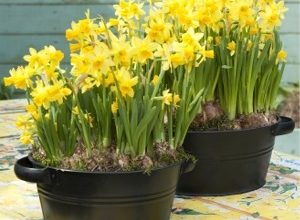How to Plant Boxwood: Complete Guide [Images + Step by Step]
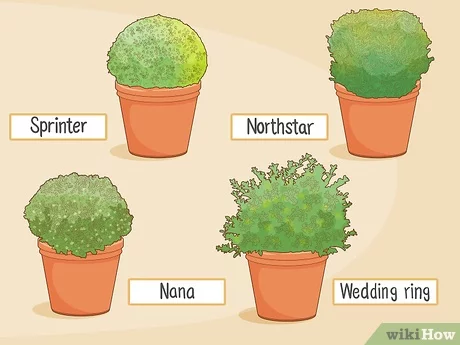
Boxwood, also known as Buxus sempervirens, is a shrubby plant native to Europe.
Boxwood withstands high temperatures well and is generally resistant. In addition, as it comes to have a beautiful spherical shape, it is usually Use in gardens as an ornamental plant.
In addition, its wood is heavy and hard, which is why many cabinetmakers use it to make their furniture.
Although boxwood is known to have medicinal properties, for example it seems to be a natural remedy that fights malaria (not that it cures it), you should also know that it is ahighly toxic shrub for humans. It can lead to serious health problems such as vomiting or unintentional ulcers.
Important Points when Sowing Boxwood:
- When? During the fall, or spring.
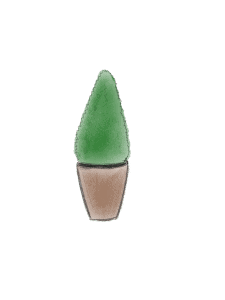
- Where? The semi shaded area (in case of warm weather) or full sunlight (in case of intense cold).
- Growing time? Slow.
- Maximum height? At most, boxwood can reach about 12m. Although it is not usual.
- Average height? Boxwood can reach an average height of 3 meters.
- How do we prepare the land? With compost, decomposed organic matter. With neutral pH.
- How do we water? In summer, frequent watering (every two days). In winter, we moderate to one a week at most.
- How do we sow? Better by cutting or plant because it is slow growing.
- When do we do the pruning? Preferably in winter.
When to plant boxwood?
Boxwood is usually planted, preferably,during the fall or the first.
You have to determine where to plant it, whether directly in the ground or in a pot. Bearing in mind that the boxwood will be more controlled in a pot, but nevertheless, on land and with space, it can be made larger and more beautiful.
Sow from seed, with cuttings or plant?
 boxwood isa slow growing bush, so do not rule out buying a seedling in a nursery or planting it by cutting.
boxwood isa slow growing bush, so do not rule out buying a seedling in a nursery or planting it by cutting.
In the event that you choose to plant by cuttings, the stakes can be planted directly in the ground.
Personally we do not recommend planting from seed due to its difficulty. Germination is not easy and requires some specific conditions.
To learn more, you can see: Boxwood cuttings.
Where to plant it?
In the event that you live in cold areas, it is recommended that you plant the boxwood in an area that receives the maximum number of hours of sun per day. This is because boxwood is a plant that thrives best in hot climates.
On the other hand, if you are in a warmer area, like the Mediterranean, thenwill benefit from partial shade.
In any case, as we said at the beginning of the article, boxwood is a resistant plant. It will tolerate cold between 3º and 10º. But it also tolerates high temperatures and times of drought.
How do we water?
the boxwoodIt is resistant to lack of water.But we must be careful during the summer and times with less rain.
Drip irrigation is ideal because we better maintain moisture in the soil and also avoid waterlogging.
In summer and with high temperatures, we recommend watering at least every 2-3 days. In winter, with more humidity and more rain, it can be safely watered once a week.
How do we prepare the soil before planting?
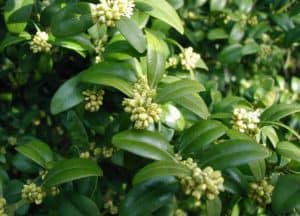 We want the soil to be rocky, with a neutral pH. In any case, boxwood thrives in most soils.
We want the soil to be rocky, with a neutral pH. In any case, boxwood thrives in most soils.
The separation that we must leave between the different boxwood plants is about 25-30 cm. Remember that boxwood is voracious with nutrients, so if you plant it near other plants it is possible that they will be affected.
The boxwood transplant
In the event that you are going to transplant, it is important that you make a hole deep enough for the roots to fit completely. In addition, fill said hole with compost and decomposed organic matter.
pruning
 Pruning is usually one of the most important sectionsboxwood due to the beautiful shapes that we can obtain.
Pruning is usually one of the most important sectionsboxwood due to the beautiful shapes that we can obtain.
We will make it during the winter and as we cut it, we can give it a spherical, square or rectangular shape.
We can also plant pruning in early spring.
If the boxwood has become large, it is ideal to do the pruning with an electric hedge trimmer.
Boxwood pests and diseases
Phytophthora cinnamomi
This fungus is the most dangerous for this bush. It causes root rot and leaves turn yellowish.
We recommend uprooting the bush and removing it as soon as possible so it doesn’t reach others.
nematodes
Nematodes affect the root system and we can prevent it with neem oil or potassium soap.
Other common boxwood diseases are aphids, leaf flies, or mealybugs.
verticillium wilt
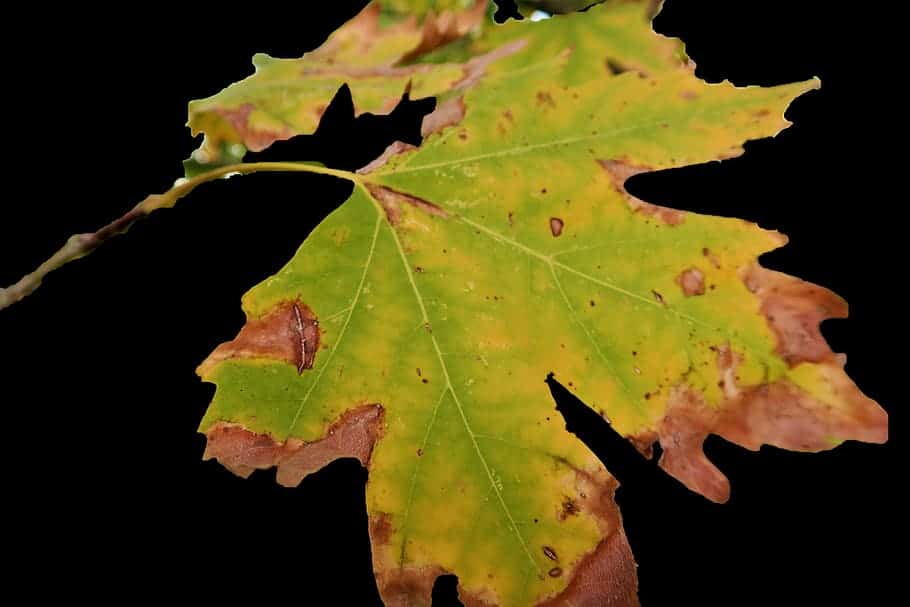 Verticillium or Verticillium wilt is a common soil fungus that thrives in temperate climates around the world and can be present in the soil for decades.
Verticillium or Verticillium wilt is a common soil fungus that thrives in temperate climates around the world and can be present in the soil for decades.
Verticillium wilt overwinters in the soil as dormant mycelium or tiny dormant black structures called microsclerotia, waiting for favorable conditions to return.
They enter damaged plant tissue through the roots and multiply. Many common weeds, such as dandelions and weeds, can be Verticillium host species.
Verticillium wilt is a disease that affects more than 350 species of eudicolous plants. It is caused by six species of Verticillium fungi: Verticillium dahliae, Verticillium albo-atrum, Verticillium longisporum, Verticillium nubilum, Verticillium theobromae, and Verticillium tricorpus.
Many plants with significant economic weight are susceptible, such as cotton, tomatoes, potatoes, oilseed rape, aubergines, peppers, and ornamental plants, as well as others in natural vegetation communities.
Many species and cultivars of eudicots are resistant to the disease, and all monocots, gymnosperms, and ferns are immune. To know more: Verticillium wilt in the Orchard: What is it? How do we identify it?
How long does boxwood live?
Boxwood is a species with a high level of longevity, reaching approximately 600 years of life.
How long does it take to grow boxwood?
It has a slow growth rate that can take up to 7 years to show a tree structure.
How long does it take to produce fruit?
They usually bear fruit after having completed a minimum of 3 years of life.
Can it be grown in a pot?
It accepts cultivation in a pot as long as it is considered that its growth will not be as high as when it is in the garden.
In any case, the larger the pot where it is planted, the larger the specimen will reach.
How many times does the box produce fruit?
Only once per year.
Should boxwood be pollinated to obtain fruit?
Although its flowers are not very spectacular, they are attractive enough for the bees that are in charge of the task of pollinating.
How cold can boxwood tolerate?
It has a high level of rusticity and, although it does not go through winter lethargy, it is capable of resisting intense cold.
Better to avoid frosts that are located below 0 ° C.
How many boxwoods can be planted per hectare?
There is no estimate of the number of boxwoods that can be planted per hectare because it depends a lot on the conditions and cultivation practices.
You could plant from 100 specimens to more than 400.
What kind of fertilizer does boxwood need?
The best idea is to work with special fertilizers for boxwood, since they include the nutrients and specific amounts that they need and are commercially available.
How much heat and/or drought can boxwood tolerate?
It is not a good plan to have it in extreme heat.
In fact, it is preferable that where temperatures above 30 ° C are recorded in summer, they are located in the shade.
Drought doesn’t go well for them either, and even less so if it’s in the warm season. That is why it is recommended to water enough so that your substrate is a little moist all the time.


![Photo of Chinese Jasmine: [Cultivation, Irrigation, Care, Pests and Diseases]](https://www.complete-gardening.com/wp-content/uploads/2022/08/chinese-jasmine-cultivation-irrigation-care-pests-and-diseases-390x220.jpg)

